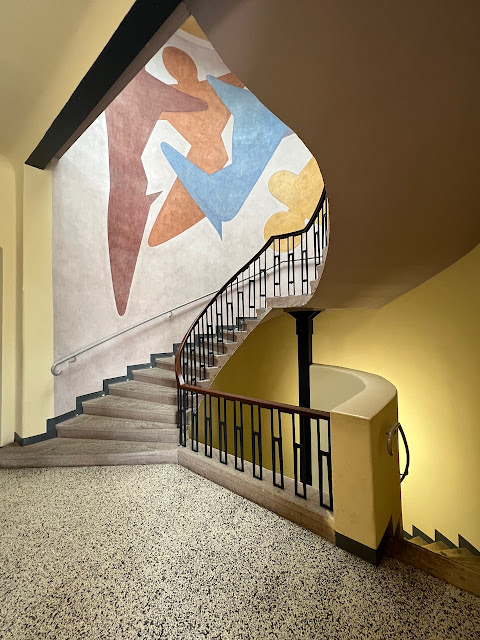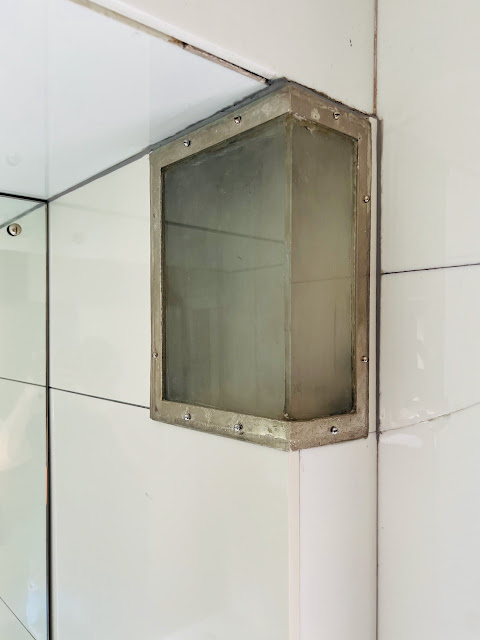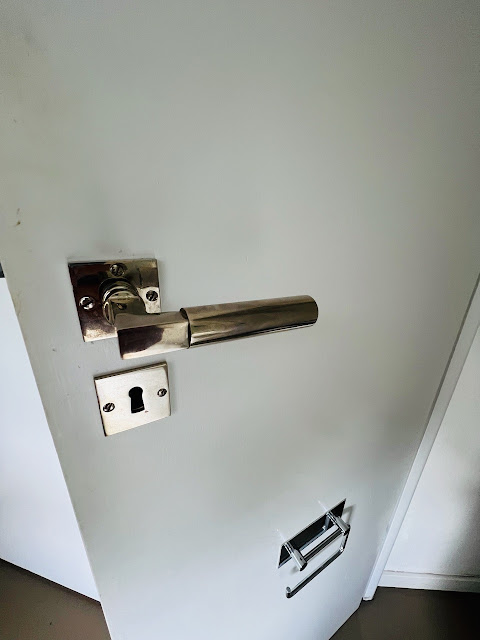The Bride and I just returned from a trip to Europe with a focus on the Bauhaus (amidst celebrating 100 years) and Adolf Loos (with a side of R.M. Schindler). The full Bauhaus experience encompasses three cities: Weimar, Dessau, and Berlin, and we hit all three, including an exciting, if fitful, overnight in the dorms in Dessau.
Weimar is a town of about 65,000 people that, in addition to Goethe, can lay claim to the first Bauhaus. The Bauhaus has its roots in the Grand-Ducal Saxon Art School formed in 1860 by royal decree. In 1910, the school joined forces with two other schools, including the School of Arts & Crafts led by Art Nouveau architect Henry van de Velde, to form the Grand-Ducal Saxon School for Fine Arts. The main buildings of the school were designed by van de Velde between 1904 and 1911.
In 1915, the Belgian van de Velde was forced to resign because of World War I. He recommended Walter Gropius, among two others, to run the school. Gropius was selected in 1919 after World War I, which is when he combined the school with the Ducal Saxon School of Arts and Crafts to create the Bauhaus. While in Weimar, the school enjoyed residencies by Paul Klee, Wassily Kandinsky, László Moholy-Nagy, and Theo van Doesburg.
As local politics turned conservative (and eventually Nazism), political pressure on the school mounted. One outcome was a requirement to show the output of the school to the community. This resulted in the first built Bauhaus structure, the Haus am Horn by Georg Muche, in 1923, which was used to display various household objects designed and made by the school's teachers and students.
Ultimately, the school's time was running out. After the local politicos cut the Bauhaus budget in half and placed the instructors on six month contracts, Gropius knew the time had come to move on. Accordingly, he announced that the school would close at the end of March, 1925.
We were able to wander about the school grounds and the buildings as the students--the facility still operates as a school for creatives--prepared for a show that weekend. We were able to tour the recently restored Haus am Horn but missed the tour of the Director's room, Gropius' iconic office. The key buildings of the school are now designated as UNESCO sites.














































